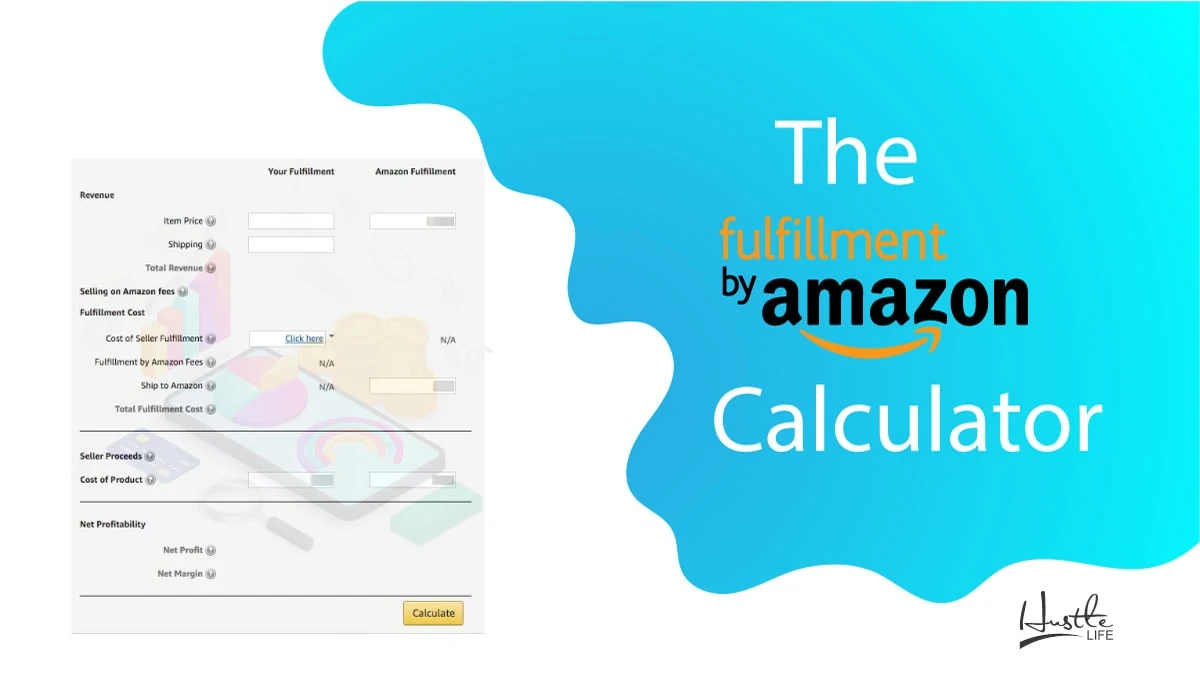in the vast and lucrative realm of e-commerce, Amazon Fulfillment by Amazon (FBA) reigns supreme, offering a convenient and efficient solution for buisness owners.However, navigating the complex world of FBA fees can be as daunting as navigating a labyrinth of numbers. Unveiling the secrets of FBA fees, this article embarks on a journey to decipher the enigma, empowering you with the knowledge to calculate the true cost of Amazon’s fulfillment services. Delve into this complete guide and emerge with a profound understanding of the intricacies that govern FBA fees,setting you on the path to optimized profitability.
– Unveiling the FBA Cost Conundrum: Understanding Fulfillment by Amazon Fees
Components of FBA Costs:
FBA costs encompass several factors, including:
Fulfillment Fees: These will fluctuate depending on item size, weight, and handling requirements.
Storage Fees: Both monthly and long-term storage fees apply, varying based on storage space needed.
Referral Fees: Amazon takes a percentage of each item sold through its platform.
Shipping Fees: These vary according to shipping options, destination, and weight.
* Weight Handling Surcharges: Additional fees may incur for items exceeding specific weight thresholds or requiring particular packaging.
– Dissecting Per-Unit FBA Fees: A Breakdown of Storage, Fulfillment, and Removal Costs
Per-Unit FBA Fees: A Breakdown
Per-unit fees are charged for each unit that you store and fulfill through FBA. This is where it gets a bit tricky,so follow carefully. Storage fees depend not only on the size of the units you’re storing but also on the time of year. Fulfillment fees are based on the size and weight of your units.
Storage fees are charged per cubic foot per month. The monthly storage rate varies depending on the time of year.There is a peak season (mid-October to mid-January) and a non-peak season (mid-January to mid-October). Standard-size units are charged less than oversize units.
Fulfillment fees cover the costs of picking, packing, and shipping your orders. The fulfillment fee is based on the weight and dimensions of your units. Standard-size units are charged less than small- and large-size units.
Removal fees are charged if you choose to remove your inventory from an FBA fulfillment center. The removal fee is based on the weight and dimensions of your units. To avoid removal fees, you can sell your unsold inventory through FBA or donate it to charity.
– Optimizing FBA expenses: Strategies for maximizing Profitability
Calculating FBA Costs
Understanding Amazon’s FBA fee structure is crucial for optimizing expenses. FBA fees vary based on product size, weight, and category. Utilize Amazon’s FBA Fee Calculator to estimate costs:
- Product Dimensions and Weight: Measure and weigh your products accurately to determine the corresponding FBA storage and fulfillment fees.
- Category: Different product categories have varying FBA fees. Verify your product’s category to avoid unexpected charges.
- Shipping Cost: Calculate shipping costs from your supplier to Amazon’s fulfillment centers. Consider using Amazon’s Shipping Calculator for cost estimates.
- Additional Fees: Amazon may charge extra fees for special handling, overage storage, or oversize items. Review these potential costs to avoid surprises.
– Beyond Fees: Additional Considerations for Amazon FBA Sellers
Beyond Fees: Additional Considerations for Amazon FBA Sellers
While FBA fees are a notable expense, it’s crucial to consider the broader implications of using the service. These considerations include:
* Inventory Management: FBA assumes duty for storing and managing your inventory. However, you’ll need to ensure your inventory levels are optimized to avoid both stockouts and excessive storage fees.
- Packaging and Shipping: Although FBA covers the cost of packaging and shipping customer orders, the size and weight of your products can significantly impact these expenses.
- Returns and Customer Service: FBA provides a streamlined return process, but sellers are responsible for managing customer inquiries and returns, which can incur additional costs.
- Intellectual Property Protection: FBA requires sellers to provide documentation to verify product authenticity and prevent counterfeits.Failing to adhere to these requirements could result in account suspensions or product removals.
- Competition and Market Analysis: FBA may provide access to a larger customer base, but it also increases competition within the platform. Sellers must stay informed about market dynamics and optimize their products and listings to stand out.
To Conclude
now that you’re equipped with a comprehensive understanding of Amazon FBA fees, make informed decisions for your business. Use this knowledge to optimize your inventory strategy, control costs, and maximize profits. Remember, FBA fees are not just expenses but strategic investments that can streamline your operations, improve customer satisfaction, and propel your Amazon business to new heights.



